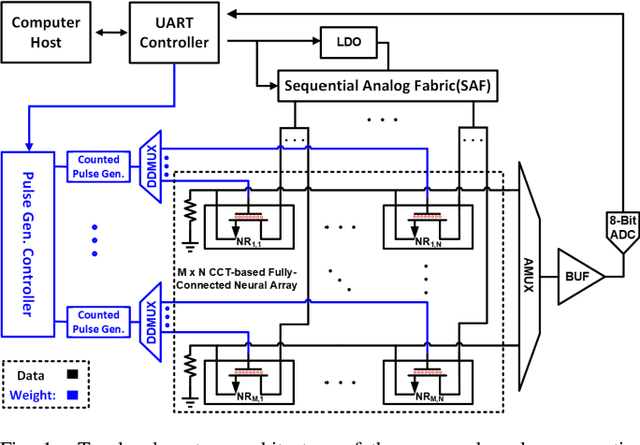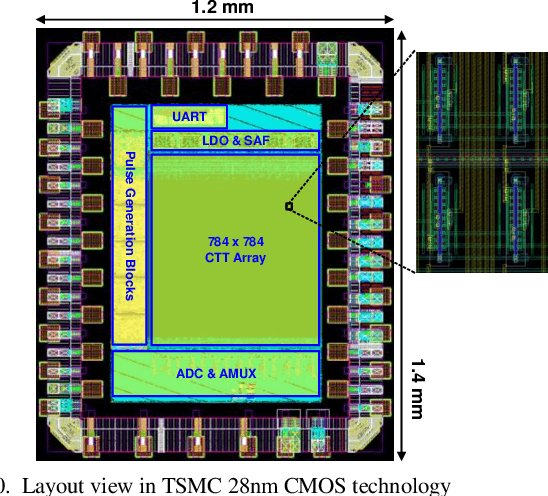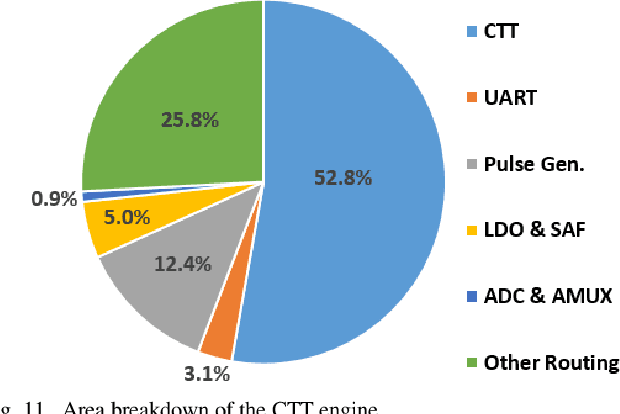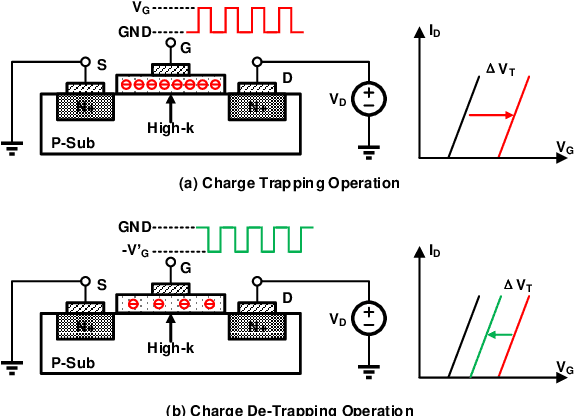Boyu Hu
DRWKV: Focusing on Object Edges for Low-Light Image Enhancement
Jul 24, 2025



Abstract:Low-light image enhancement remains a challenging task, particularly in preserving object edge continuity and fine structural details under extreme illumination degradation. In this paper, we propose a novel model, DRWKV (Detailed Receptance Weighted Key Value), which integrates our proposed Global Edge Retinex (GER) theory, enabling effective decoupling of illumination and edge structures for enhanced edge fidelity. Secondly, we introduce Evolving WKV Attention, a spiral-scanning mechanism that captures spatial edge continuity and models irregular structures more effectively. Thirdly, we design the Bilateral Spectrum Aligner (Bi-SAB) and a tailored MS2-Loss to jointly align luminance and chrominance features, improving visual naturalness and mitigating artifacts. Extensive experiments on five LLIE benchmarks demonstrate that DRWKV achieves leading performance in PSNR, SSIM, and NIQE while maintaining low computational complexity. Furthermore, DRWKV enhances downstream performance in low-light multi-object tracking tasks, validating its generalization capabilities.
MGDFIS: Multi-scale Global-detail Feature Integration Strategy for Small Object Detection
Jun 15, 2025Abstract:Small object detection in UAV imagery is crucial for applications such as search-and-rescue, traffic monitoring, and environmental surveillance, but it is hampered by tiny object size, low signal-to-noise ratios, and limited feature extraction. Existing multi-scale fusion methods help, but add computational burden and blur fine details, making small object detection in cluttered scenes difficult. To overcome these challenges, we propose the Multi-scale Global-detail Feature Integration Strategy (MGDFIS), a unified fusion framework that tightly couples global context with local detail to boost detection performance while maintaining efficiency. MGDFIS comprises three synergistic modules: the FusionLock-TSS Attention Module, which marries token-statistics self-attention with DynamicTanh normalization to highlight spectral and spatial cues at minimal cost; the Global-detail Integration Module, which fuses multi-scale context via directional convolution and parallel attention while preserving subtle shape and texture variations; and the Dynamic Pixel Attention Module, which generates pixel-wise weighting maps to rebalance uneven foreground and background distributions and sharpen responses to true object regions. Extensive experiments on the VisDrone benchmark demonstrate that MGDFIS consistently outperforms state-of-the-art methods across diverse backbone architectures and detection frameworks, achieving superior precision and recall with low inference time. By striking an optimal balance between accuracy and resource usage, MGDFIS provides a practical solution for small-object detection on resource-constrained UAV platforms.
An Analog Neural Network Computing Engine using CMOS-Compatible Charge-Trap-Transistor (CTT)
Aug 09, 2018



Abstract:An analog neural network computing engine based on CMOS-compatible charge-trap transistor (CTT) is proposed in this paper. CTT devices are used as analog multipliers. Compared to digital multipliers, CTT-based analog multiplier shows significant area and power reduction. The proposed computing engine is composed of a scalable CTT multiplier array and energy efficient analog-digital interfaces. Through implementing the sequential analog fabric (SAF), the engine mixed-signal interfaces are simplified and hardware overhead remains constant regardless of the size of the array. A proof-of-concept 784 by 784 CTT computing engine is implemented using TSMC 28nm CMOS technology and occupied 0.68mm2. The simulated performance achieves 76.8 TOPS (8-bit) with 500 MHz clock frequency and consumes 14.8 mW. As an example, we utilize this computing engine to address a classic pattern recognition problem -- classifying handwritten digits on MNIST database and obtained a performance comparable to state-of-the-art fully connected neural networks using 8-bit fixed-point resolution.
 Add to Chrome
Add to Chrome Add to Firefox
Add to Firefox Add to Edge
Add to Edge